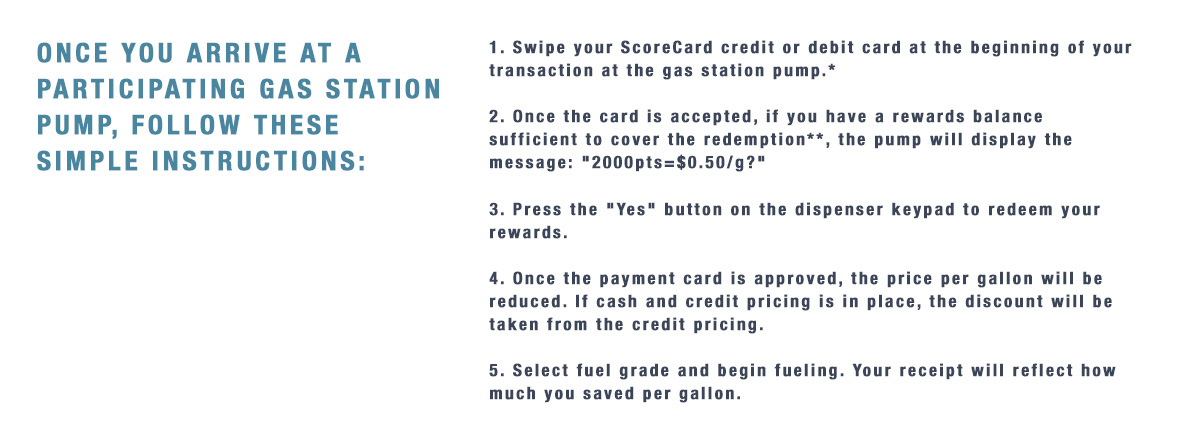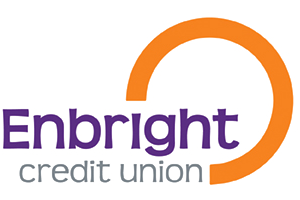Love My Credit Union Rewards Powersports and RV Buying Program

*To locate a gas station near you, select the fuel brand in navigation, visit the station finder, and enter your zip code. Fuel Discount Awards are only available at participating gas stations and may not be available at the location nearest you.
** Single use only, valid up to 20 gallons. Any unused rewards on each purchase are forfeited. May not be valid with other offers. Rewards are earned and redeemable at participating stations with operable electronic transaction networks. Terms and conditions apply, for full details view the Rules on ScoreCardRewards.com.
Copyright © 2022 – All Rights Reserved – ScoreCardRewards.com
All trademarks are the property of their respective owners

